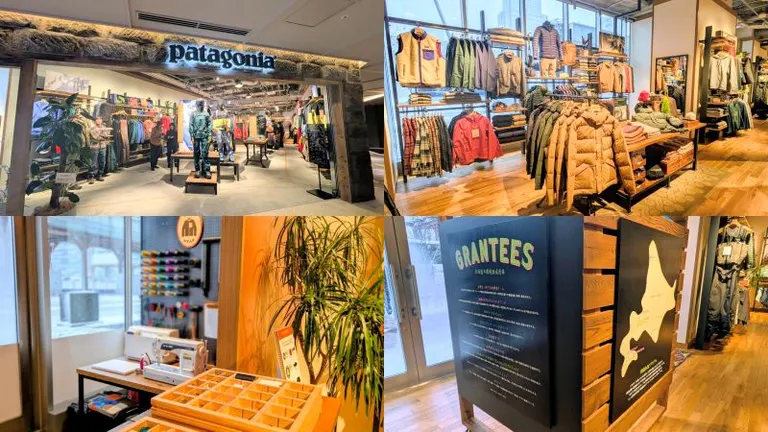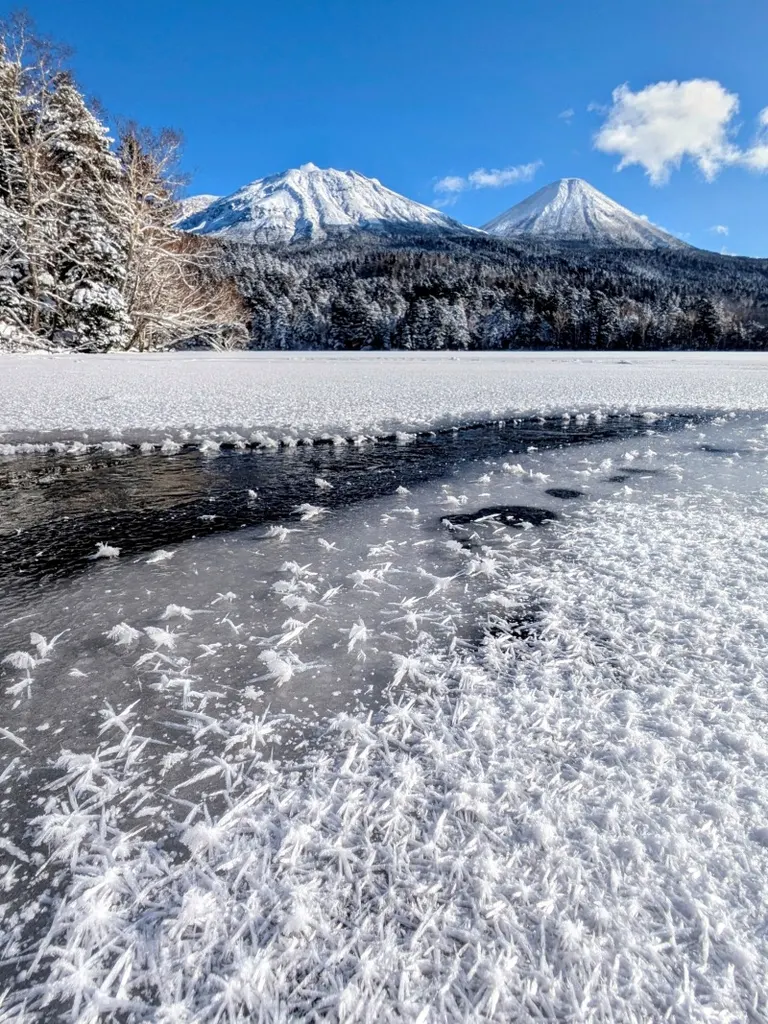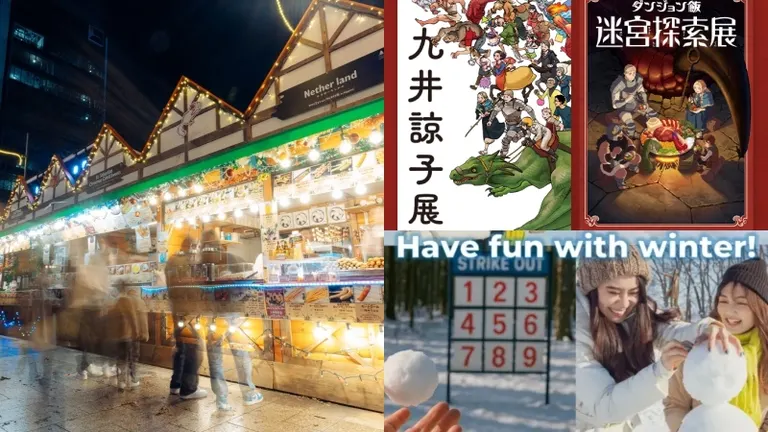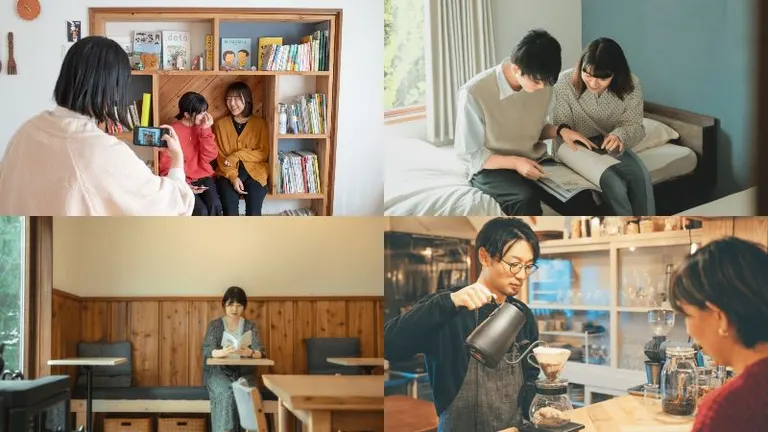![No worries even if it's your first time! Report on Soba Making Experience in Shintoku Town, the Home of Soba [Shintoku Soba-no-Yakata].|Domingo](https://p1-634a4370.imageflux.jp/w=768,f=webp:auto,q=78/https%3A%2F%2Fdomingo.ne.jp%2Fwp%2Fwp-content%2Fuploads%2F2020%2F09%2Fd34154109070ca1d8d4cab4df12c4096.jpg)
ARTICLES
No worries even if it's your first time! Report on Soba Making Experience in Shintoku Town, the Home of Soba [Shintoku Soba-no-Yakata].
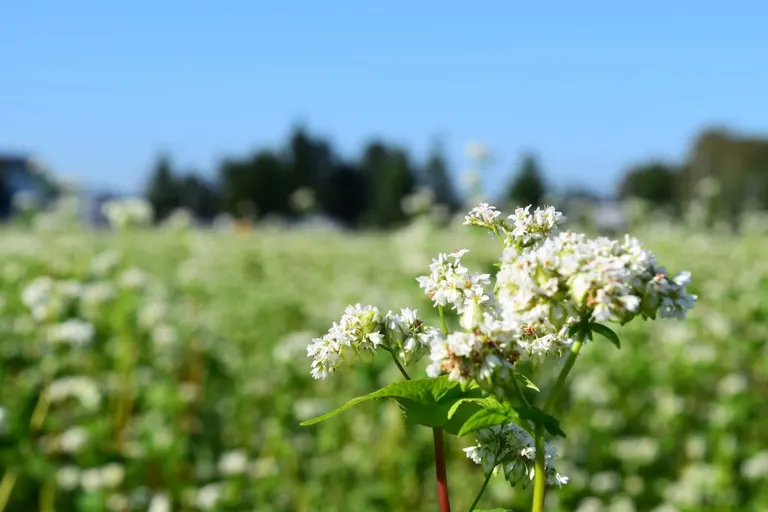 Surrounded by a vast soba field, I went to " Shintoku Soba-no-Yakata " to try my hand at making soba at the "Teuchi-Dojo" (hands-on soba making workshop)!
Surrounded by a vast soba field, I went to " Shintoku Soba-no-Yakata " to try my hand at making soba at the "Teuchi-Dojo" (hands-on soba making workshop)! 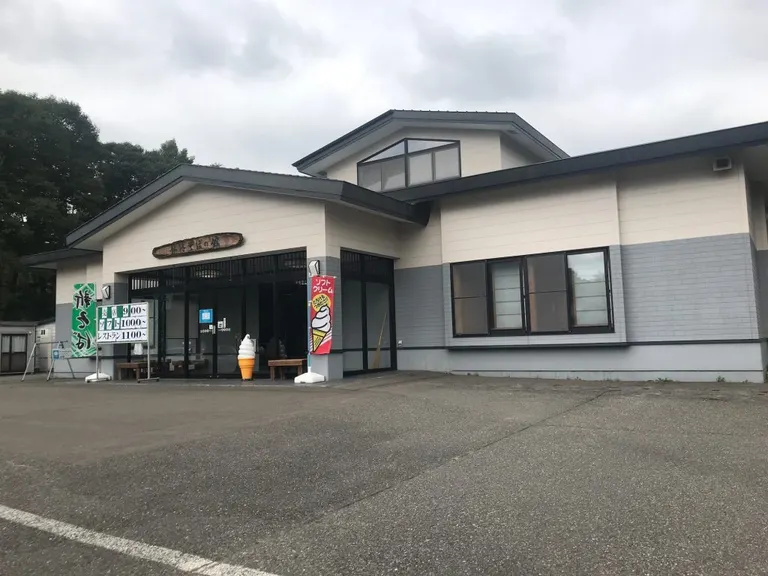 This "Shintoku Soba-no-Yakata" has a soba restaurant attached to it, where you can taste the "freshly made" soba you have made and "freshly boiled".Moreover, Shintoku-machi iscurrently offering a special discount for Hokkaido-residents to stay and enjoysoba (buckwheat noodle) making experience. For more details,please visit the website of the Shintoku Town Tourist Association. We started our soba making experience hungry and looking forward to eating the soba we made by ourselves! The person who taught us how to make soba this time was Mr. Hojo, an artisan. He is the one who makes the soba served at the "Soba Restaurant," which is always full of customers even after the peak of the lunch hour, and also teaches us beginners how to make soba in an easy-to-understand manner. Mr. Hojo , we look forward to working with you!
This "Shintoku Soba-no-Yakata" has a soba restaurant attached to it, where you can taste the "freshly made" soba you have made and "freshly boiled".Moreover, Shintoku-machi iscurrently offering a special discount for Hokkaido-residents to stay and enjoysoba (buckwheat noodle) making experience. For more details,please visit the website of the Shintoku Town Tourist Association. We started our soba making experience hungry and looking forward to eating the soba we made by ourselves! The person who taught us how to make soba this time was Mr. Hojo, an artisan. He is the one who makes the soba served at the "Soba Restaurant," which is always full of customers even after the peak of the lunch hour, and also teaches us beginners how to make soba in an easy-to-understand manner. Mr. Hojo , we look forward to working with you! 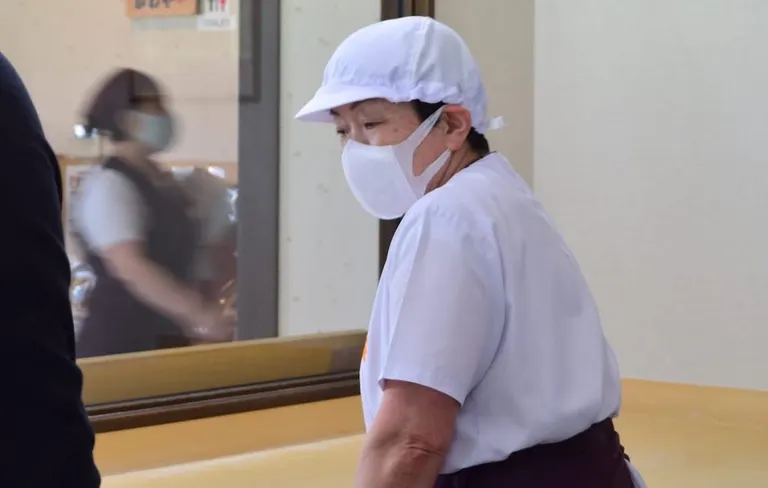
Soba-making process
There are three main processes in the soba making process. (1) Making soba dough(2) Stretching soba dough (3) Cutting soba(1) Making soba dough
The first thing you see when you enter the "Teuchi-Hattori Dojo" is the "stone mill" that transforms buckwheat seeds into buckwheat flour.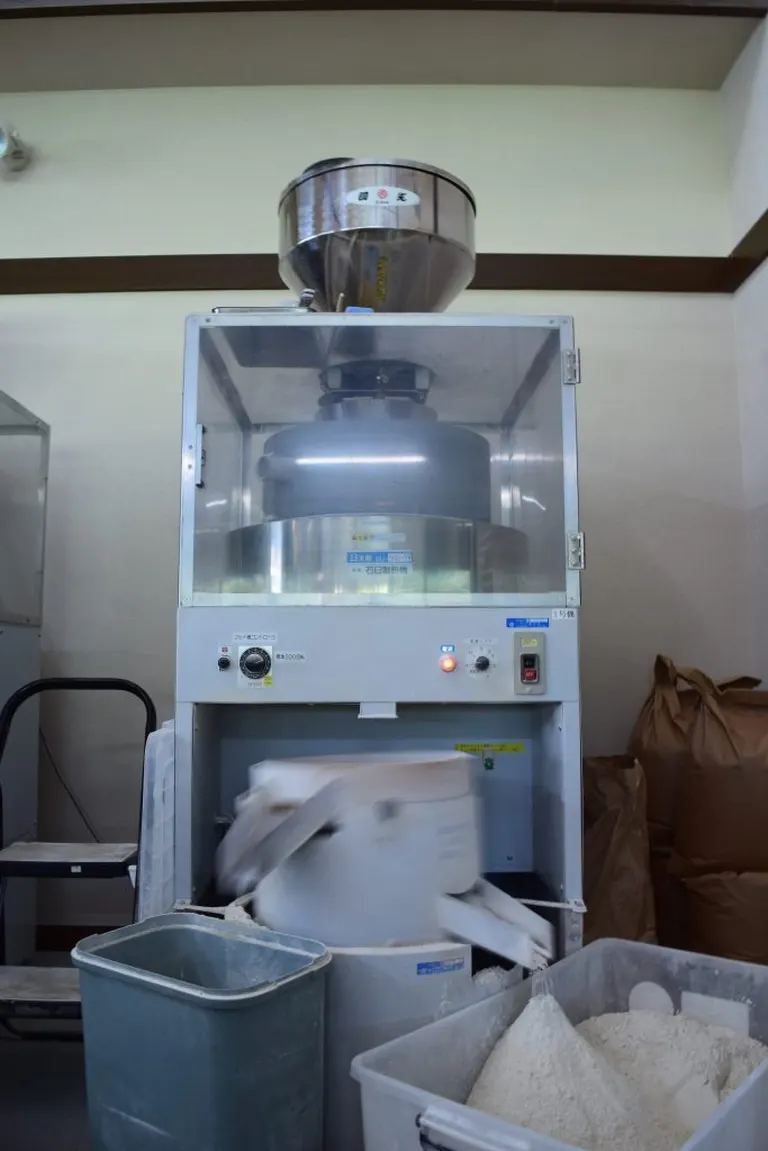 The buckwheat is ground by the millstone in the upper part of the photo, and the flour is sorted by the high-speed vibrating sieve in the lower part of the photo.
The buckwheat is ground by the millstone in the upper part of the photo, and the flour is sorted by the high-speed vibrating sieve in the lower part of the photo.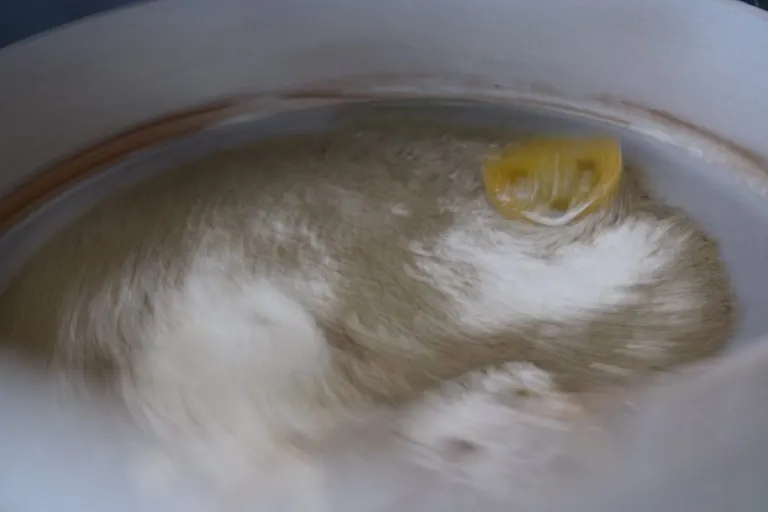 Only fine, white buckwheat flour is used at Shintoku Soba-no-Yakata, and this is the only place in Shintoku where you can taste buckwheat made with this flour. The soba noodles to be made at the restaurant are "80% buckwheat soba," which is made with a ratio of 8 buckwheat flours carefully ground by a stone mill to 2 pieces of binding flours. This ratio makes it easy for even beginners to make mistakes. To prevent body heat from reaching the heat-sensitive buckwheat flour, mix the flour and water by holding up all five fingers like a cat's paw. To blend the buckwheat flour and water, they spin the buckwheat flour in a circular motion with both hands. ...... The deftness of this process is an important part of the soba flavor. This time, "one person, one kneading," so everyone's hands were busy.Lots of buckwheat flour at the fingertips, and a tense atmosphere in the dojo.......I concentrated so hard that I failed to take a picture. The buckwheat flour and water gradually formed into a small lump. The small clumps gradually get bigger and bigger, and finally they are all combined into one. This mass is said to be still in a state with a lot of air in it. After this process, the buckwheat flour and water are combined into a single mass and completely kneaded together by pressing the mass with the thumb of the dominant hand and using the other hand as a support. This "chrysanthemum kneading " process was the most difficult for me personally. ......Then, using the palms of both hands, the dough is formed into a conical shape like bamboo shoot s.
Only fine, white buckwheat flour is used at Shintoku Soba-no-Yakata, and this is the only place in Shintoku where you can taste buckwheat made with this flour. The soba noodles to be made at the restaurant are "80% buckwheat soba," which is made with a ratio of 8 buckwheat flours carefully ground by a stone mill to 2 pieces of binding flours. This ratio makes it easy for even beginners to make mistakes. To prevent body heat from reaching the heat-sensitive buckwheat flour, mix the flour and water by holding up all five fingers like a cat's paw. To blend the buckwheat flour and water, they spin the buckwheat flour in a circular motion with both hands. ...... The deftness of this process is an important part of the soba flavor. This time, "one person, one kneading," so everyone's hands were busy.Lots of buckwheat flour at the fingertips, and a tense atmosphere in the dojo.......I concentrated so hard that I failed to take a picture. The buckwheat flour and water gradually formed into a small lump. The small clumps gradually get bigger and bigger, and finally they are all combined into one. This mass is said to be still in a state with a lot of air in it. After this process, the buckwheat flour and water are combined into a single mass and completely kneaded together by pressing the mass with the thumb of the dominant hand and using the other hand as a support. This "chrysanthemum kneading " process was the most difficult for me personally. ......Then, using the palms of both hands, the dough is formed into a conical shape like bamboo shoot s. 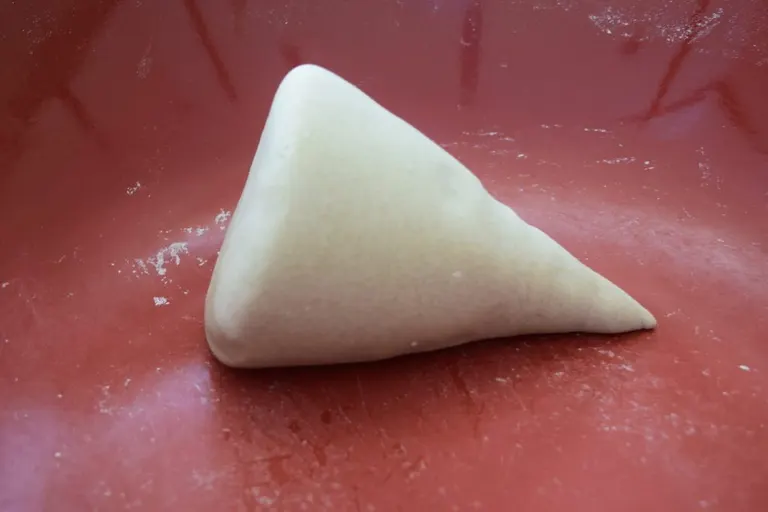 The reason for this shape is to make it easier to stretch the dough evenly.Everyone line up with your own dough! said Mr. Hojo. He took a commemorative photo!
The reason for this shape is to make it easier to stretch the dough evenly.Everyone line up with your own dough! said Mr. Hojo. He took a commemorative photo!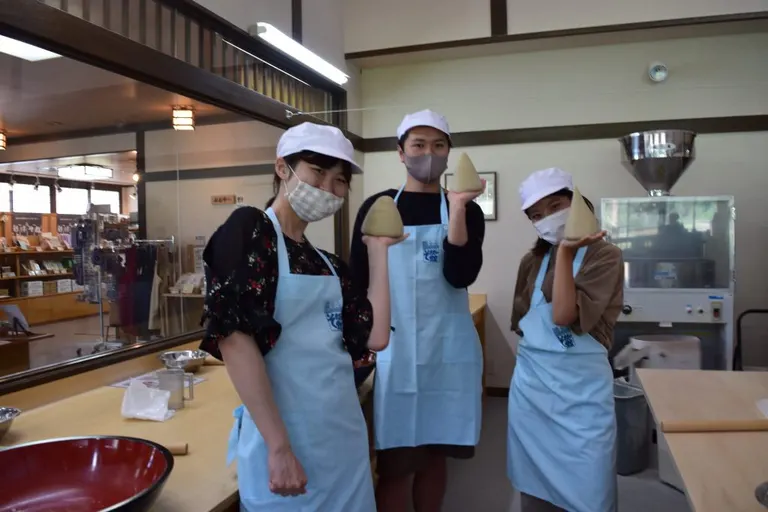
(2) Stretching the dough for soba noodles
The dough is then rolled out with a rice flour rolling pin, turning the dough so that it forms a beautiful circle.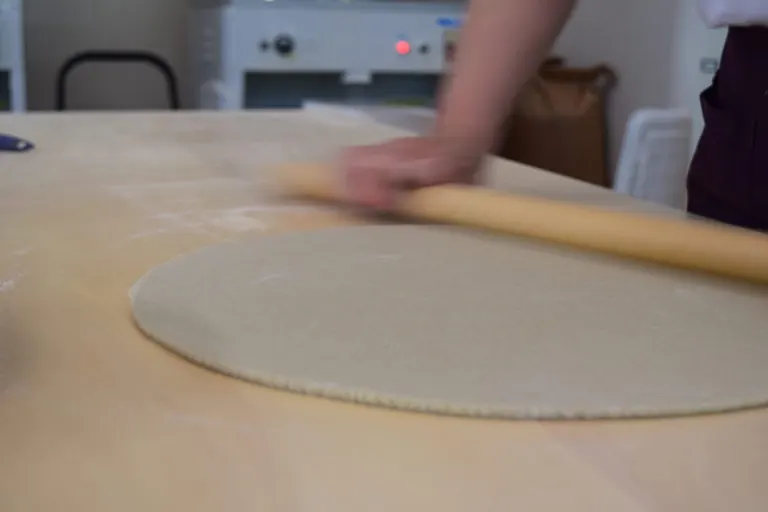 Once a beautiful circle is formed, roll the dough around the rice flour rolling pin and apply gentle pressure to achieve a beautiful square shape.During the stretching process, the force transmitted from the hand to the rice flour rolling pin must be constant in order to achieve a uniform thickness. This is a very delicate and important process.
Once a beautiful circle is formed, roll the dough around the rice flour rolling pin and apply gentle pressure to achieve a beautiful square shape.During the stretching process, the force transmitted from the hand to the rice flour rolling pin must be constant in order to achieve a uniform thickness. This is a very delicate and important process.
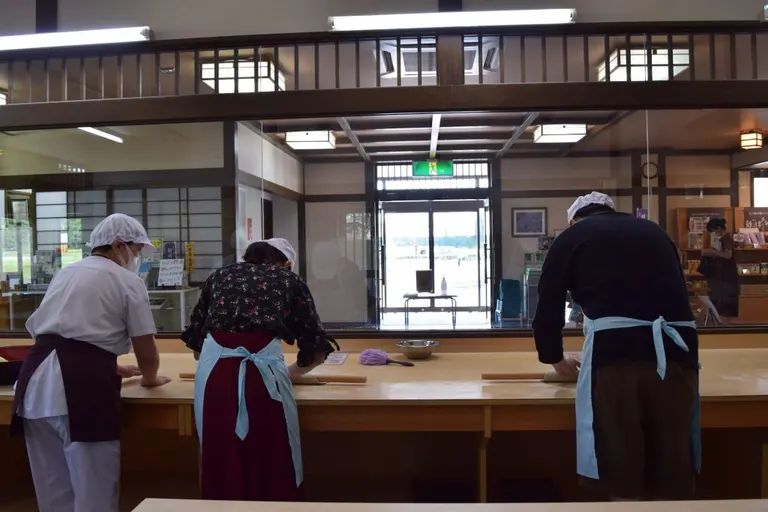
Cutting the soba
Finally, the final step is the "cutting" process. The instructor carefully teaches us how to hold the knife and how to support the cutting board.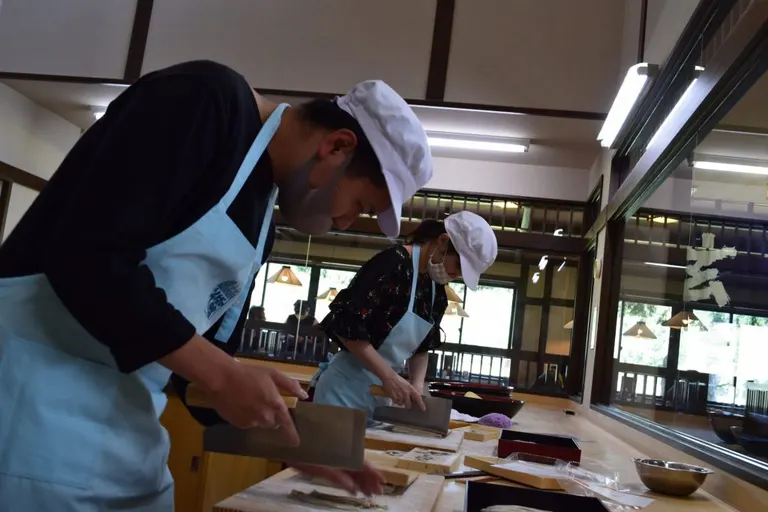 It is very difficult to cut the soba into a uniform thickness with a large knife that you are not used to using, but the "kiri" process of transforming the soba into soba is very enjoyable.
It is very difficult to cut the soba into a uniform thickness with a large knife that you are not used to using, but the "kiri" process of transforming the soba into soba is very enjoyable.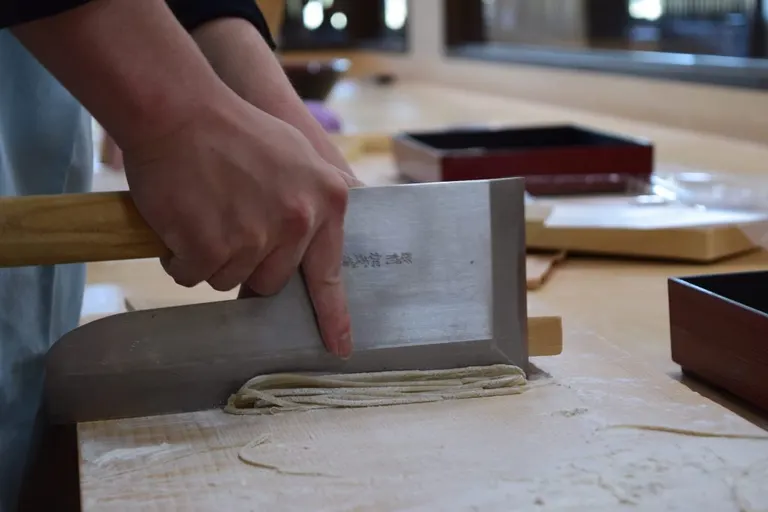 After the "cutting" process is complete, the beauty of the soba is impressive.As you look at them, you will grow attached to the irregularly shaped soba that you have made with your own hands, and your appetite will grow! It took us about an hour to get to this point. It took us about an hour to complete the process, and we had a wonderful time.
After the "cutting" process is complete, the beauty of the soba is impressive.As you look at them, you will grow attached to the irregularly shaped soba that you have made with your own hands, and your appetite will grow! It took us about an hour to get to this point. It took us about an hour to complete the process, and we had a wonderful time.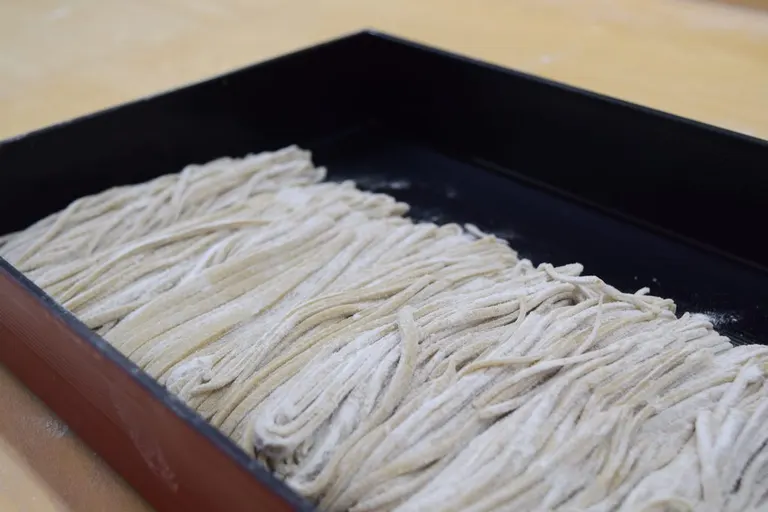
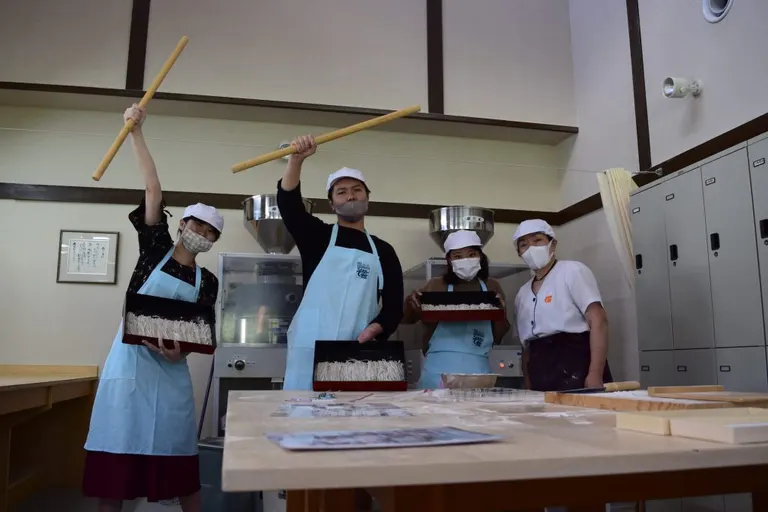
Let's eat!
Finally, it was time for the long-awaited "Itadakimasu! The luxury of being able to eat as much of the freshly made soba as you want. (Any leftovers can be taken home.)Toppings can be added, and this time I added tempura!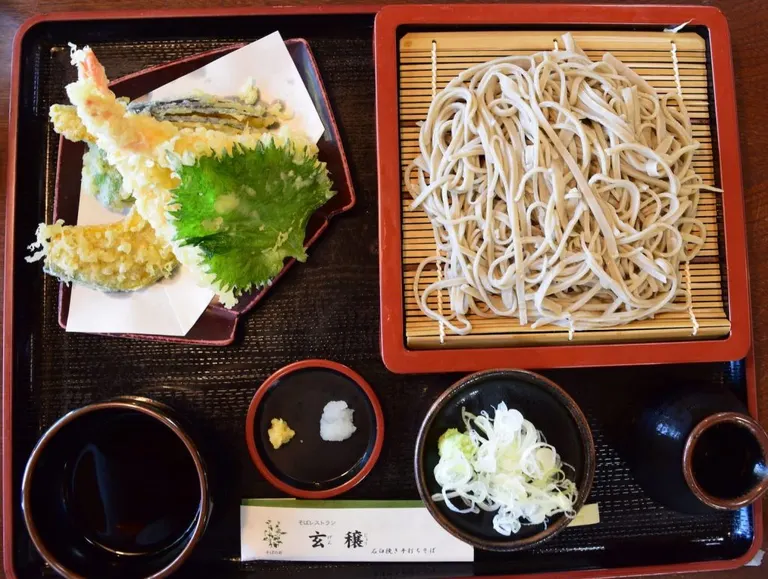 The freshly made soba has a rich aroma and you can eat as much as you want. The freshly made soba has a rich aroma, and you can eat it as much as you want.Everyone had a great time eating the unevenly shaped soba while showing them off and laughing at each other. Thank you to everyone at Shintoku Soba-no-Yakata for a very fulfilling time and delicious soba!
The freshly made soba has a rich aroma and you can eat as much as you want. The freshly made soba has a rich aroma, and you can eat it as much as you want.Everyone had a great time eating the unevenly shaped soba while showing them off and laughing at each other. Thank you to everyone at Shintoku Soba-no-Yakata for a very fulfilling time and delicious soba! Conclusion
This time, we reported on the "soba-noodle making experience" at the Shintoku Soba-no-Yakata! This soba making experience is held all year round regardless of the season, so please try it in Shintoku, the home of soba!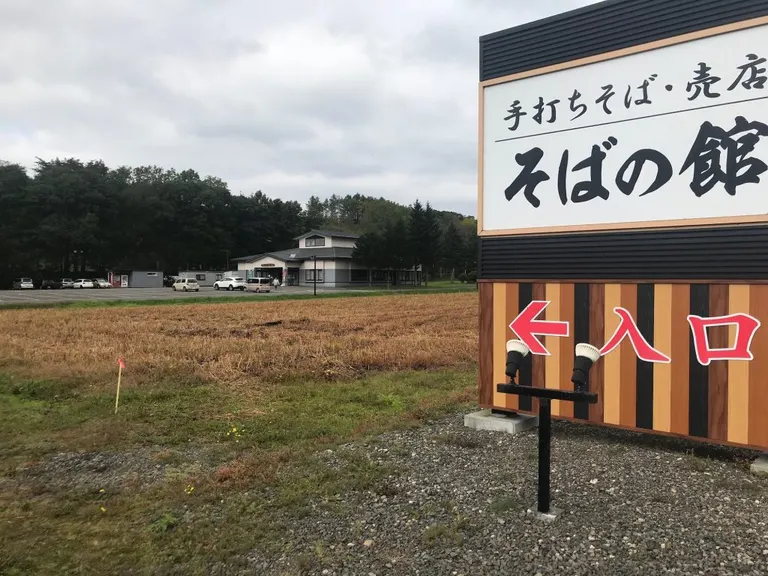 Reservations and confirmation by phone at least 3 days in advance are required for the experience. For details,please check theShintoku Soba Honpo Direct Sales Division website!
Reservations and confirmation by phone at least 3 days in advance are required for the experience. For details,please check theShintoku Soba Honpo Direct Sales Division website!








